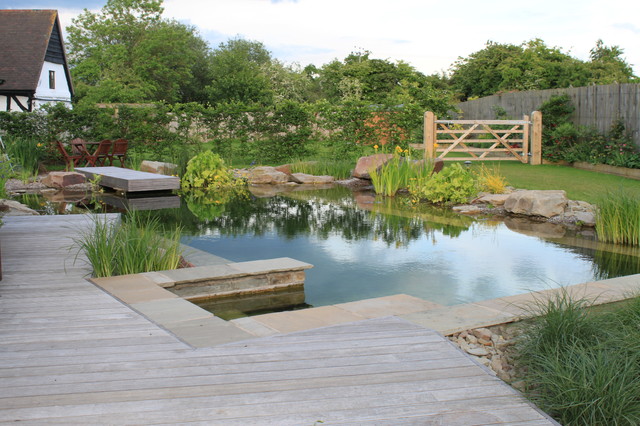

This option may provide the most seamless collaboration with architects using Revit, but with the associated cost of lost productivity on the LA side, steep learning curve, and the possibility of a compromised design because of the short-falls of Revit’s site tools.įind a solution that supports cross-platform collaboration. She has been able to find many workarounds using a combination of Revit, InfraWorks, and Dynamo. For example, check out the blog that is run by Lauren Schmidt. By shoehorning Revit’s architectural families such as walls, floors, and ceiling or by creating custom families many have been able to make hardscape elements and plant material “work”.

Some have embraced the challenge and have developed a workflow.
KEYSCAPE LANDSCAPE SOFTWARE
But, are these goals worth the cost of implementation (of a piece of software that Autodesk specifically built for architecture, MEP engineering, structural engineering, and construction NOT landscape architecture or civil engineering)? Are they worth the risks of potentially losing efficiency? It there a threat of compromising a design to “fit” within the constraints of the software? Options

We want to be BIM compliant or meet a BIM mandate.Īll of these reasons are great goals to aspire to.We are interested in parametric modeling.We are afraid of falling behind our competitors.We have always been on the cutting-edge of technology and we want to maintain that image.We want to have everyone on the same platform.The reasons for justifying this push are usually: Rarely are Landscape Architects choosing a Revit migration on their own. The push towards Revit seems to be coming mostly from upper management or from someone charged with leading a BIM initiative in the firm. But what about the rest of us? Motivation The largest of firms may even have the resources available to develop a proprietary solution. After all, LAs have been largely ignored by major software developers and have been cobbling together digital design solutions for as long as computers have been present in the studio. Sure, there have been some success stories of LAs being able to cobble together a Revit workflow. This is the environment where we are hearing more cries for help from LAs being pushed into using Revit. In multi-disciplinary firms LAs usually make up a smaller percentage of the total office staff primarily composed of Architects and/or Civil Engineers. But they have the freedom to use the design solution that works best for delivering to their clients, usually AutoCAD DWG-based. In LA-only studios, most practitioners see Revit as something they need to be aware of or they may use it as a tertiary tool for data interchange or special projects. Regardless of their role, position, or seniority in their studio, most Landscape Architects have Revit on their mind, but for many different reasons. If you read my previous blog post, 5 Key Takeaways from ASLA 2016, you will remember that the most used word at the Keysoft booth was Revit.


 0 kommentar(er)
0 kommentar(er)
